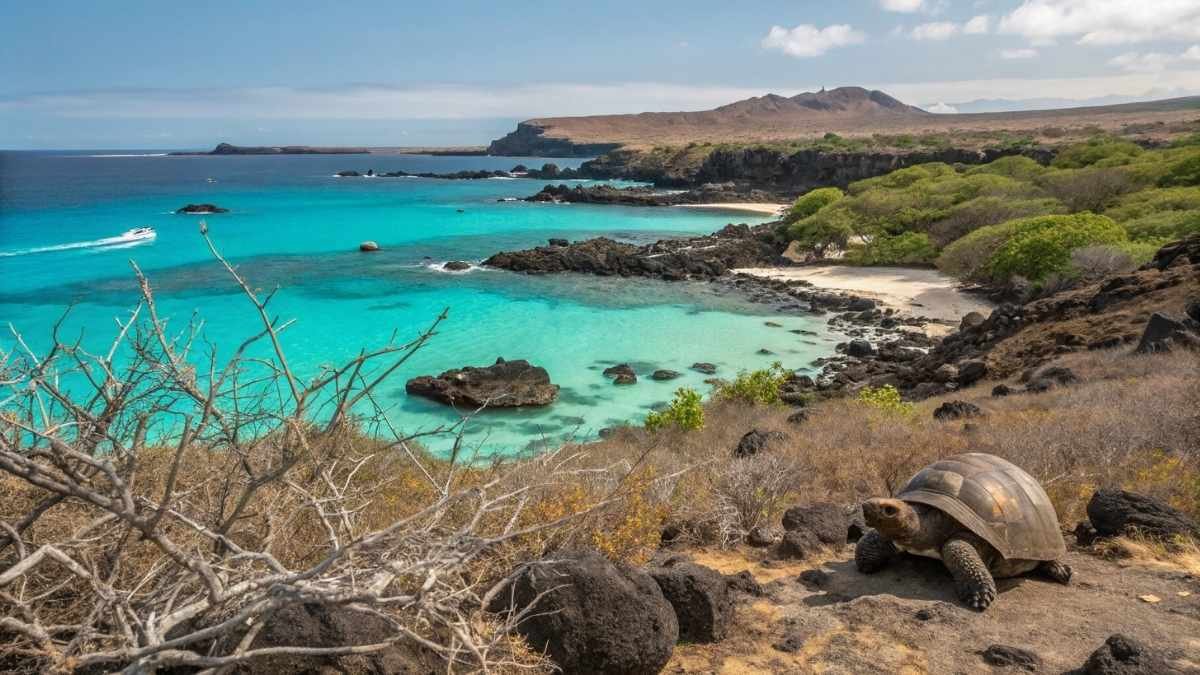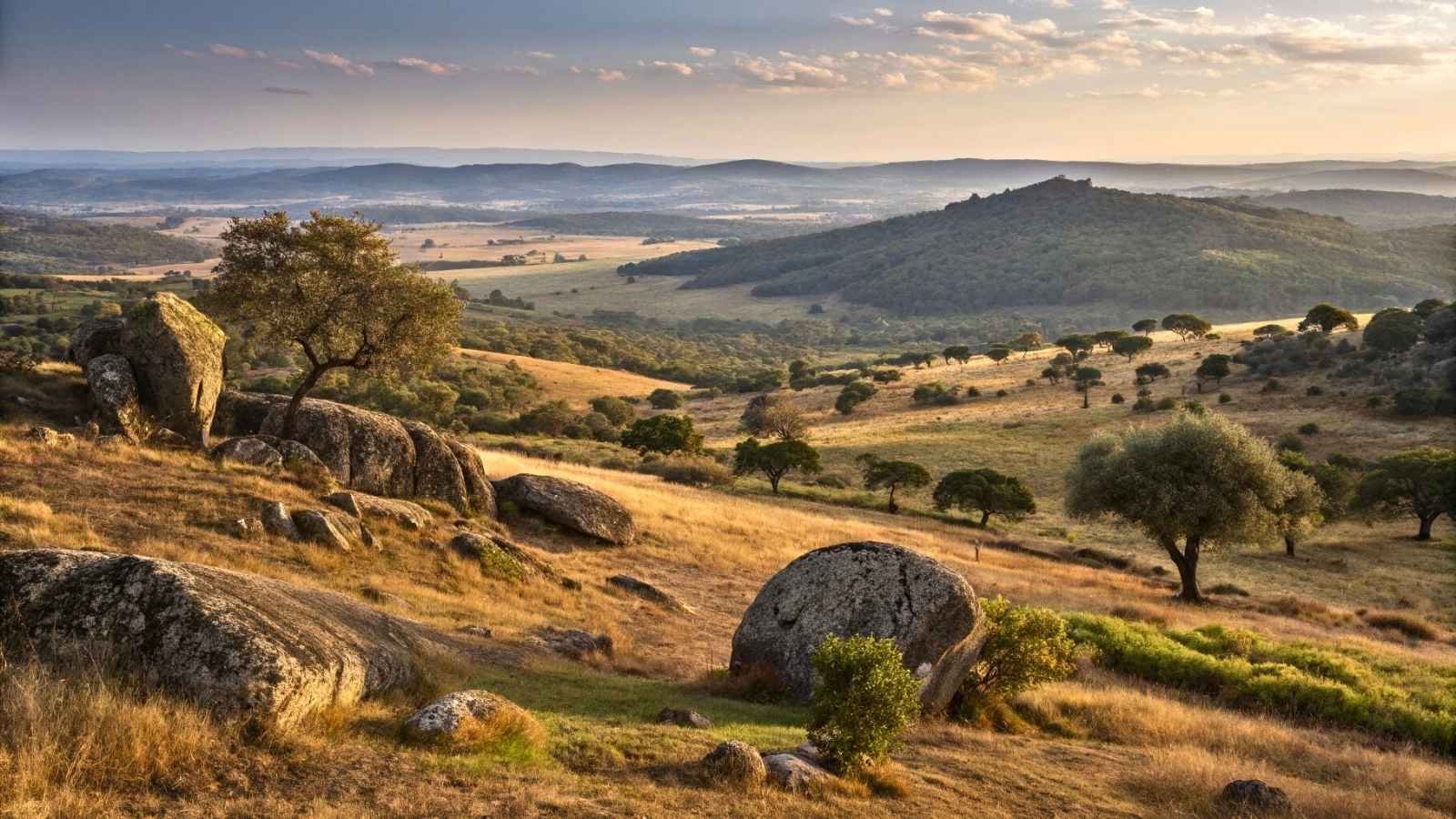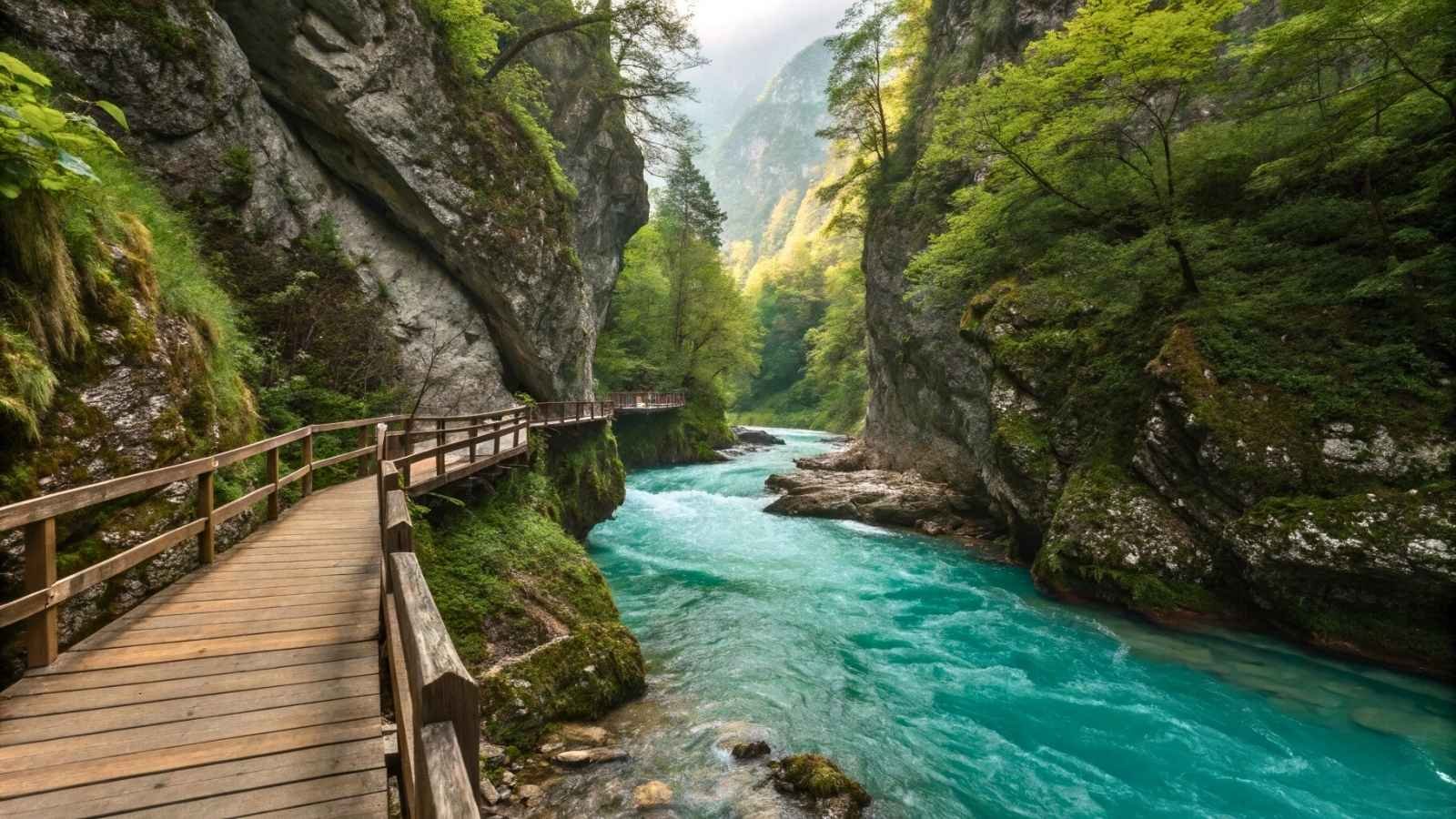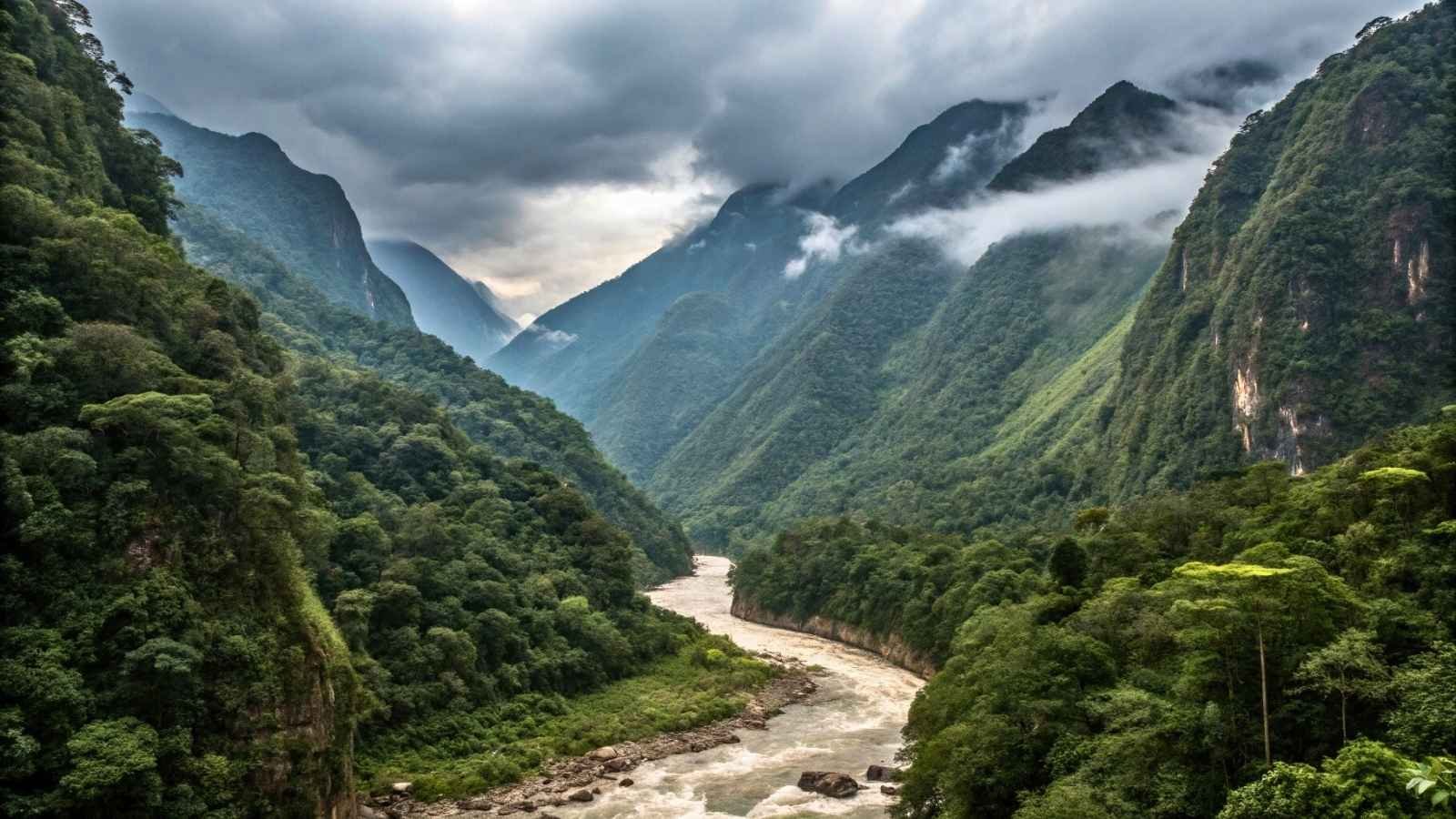
Trade the checklist for a compass with a conscience. More travelers than ever are choosing trips that do more than delight—they restore, protect, and connect.
Whether it’s planting trees alongside conservationists, tracking wildlife with local scientists, or supporting communities that live in harmony with nature, travel with purpose is no longer a niche—it’s a movement. And it’s reshaping the way we see the world.
These eco-conscious destinations don’t just invite you to explore—they welcome you to participate. If you’re craving deeper meaning from your next adventure, this list will take you places where your presence matters and your impact lasts.
1. Costa Rica – Osa Peninsula

Tucked away in the southern corner of Costa Rica, the Osa Peninsula is a raw, untamed paradise where rainforest meets sea. It’s home to 2.5% of the world’s biodiversity—yes, in one tiny strip of land. The region has become a model for eco-tourism thanks to grassroots conservation groups, like Osa Conservation, which invite travelers to actively participate in sea turtle protection, camera trap wildlife studies, and reforestation projects.
The beauty of Osa isn’t just in the toucans or the jaguars—it’s in how local communities, scientists, and travelers work together to keep the land wild. Lodges here are mostly off-grid, solar-powered, and deeply involved in preservation efforts. Think barefoot luxury in a jungle canopy with howler monkeys as your morning alarm.
For travelers who want their trip to leave something behind—other than footprints in the mud—Osa delivers. You won’t just explore; you’ll connect with nature in a way that feels authentic, intimate, and important.
Quick Facts:
- Best Months to Visit: December to April (dry season)
- Top Eco-Lodges: Lapa Rios Lodge, El Remanso
- Activities: Sea turtle monitoring, rainforest restoration, wildlife tracking
- Citizen Science: Osa Conservation, Earthwatch
- Closest Airport: Puerto Jiménez (via San José)
2. Scotland – Highlands Rewilding Project

Scotland’s Highlands aren’t just romantic moors and misty glens—they’re the site of one of Europe’s most ambitious rewilding efforts. Once cleared for sheep and timber, these lands are now part of a bold mission to bring back native ecosystems, large mammals, and even apex predators like lynx (in theory, for now). Highlands Rewilding, along with organizations like Trees for Life, is restoring native Caledonian forests, peatlands and supporting a return to ecological balance.
You can stay on rewilding estates, hike alongside conservationists, and witness golden eagles soaring where monoculture forests once stood. There are even opportunities to track species data, help map biodiversity hotspots, and learn about carbon capture in peat bogs—a climate solution hiding in plain sight.
What makes Scotland special is the accessibility of its wild side. You can be sipping a coffee in Inverness in the morning and by afternoon, be wandering a rewilded glen where red squirrels dart through newly planted forests.
Quick Facts:
- Best Months to Visit: May to September
- Top Rewilding Areas: Dundreggan Rewilding Centre, Cairngorms, Glen Affric
- Activities: Tree planting, habitat monitoring, species tracking
- Citizen Science: Highlands Rewilding, Trees for Life, Rewilding Europe
- Closest City: Inverness
3. Botswana – Okavango Delta

The Okavango Delta isn’t just a UNESCO World Heritage Site—it’s a living, breathing example of conservation done right. Botswana’s low-impact, high-value tourism model has protected this massive inland delta for decades. What makes it stand out even more in 2025 is the emerging role of local and international citizen science projects contributing to anti-poaching data, wildlife census counts, and even elephant movement tracking.
This is where eco-luxury and conservation coexist beautifully. Think solar-powered tents, expert local guides trained in ecology, and safari experiences where the animals truly roam free. Guests are encouraged to participate in photographic species identification, support community-driven tourism cooperatives, and learn about wetland preservation in the face of climate change.
The Okavango is wild—but never chaotic. It’s a place where you realize just how fragile ecosystems are, and how carefully they must be protected. Every sunset over the delta feels more meaningful when you know you’re helping protect it.
Quick Facts:
- Best Months to Visit: May to September (dry season, best wildlife viewing)
- Top Eco-Camps: Wilderness Safaris, Great Plains Conservation
- Activities: Wildlife surveys, anti-poaching drone demonstrations, mokoro safaris
- Citizen Science: Elephants Without Borders, WildTrack
- Closest Airport: Maun
4. Ecuador – Galápagos Islands

The Galápagos have long been a poster child for biodiversity, but what’s exciting in 2025 is the growing opportunity for travelers to contribute directly to its protection. With increased visitor limits and stricter sustainability rules, tours now include hands-on conservation elements. You’re not just a tourist—you’re part of a living, evolving ecological experiment.
Whether you’re helping monitor giant tortoise populations, conducting underwater reef surveys, or assisting in marine debris cleanup, there’s no shortage of ways to give back. Most eco-cruises now partner with local conservation nonprofits, so each trip funds scientific research and local community development.
Every island here feels like its own world—with volcanic cliffs, blue-footed boobies, and fearless sea lions. And somehow, despite the fame, the Galápagos still manages to feel wild. That’s the real magic: you get close, but never too close.
Quick Facts:
- Best Months to Visit: December to May (warmer, calmer seas)
- Top Eco-Tours: Ecoventura, Quasar Expeditions
- Activities: Reef monitoring, beach cleanups, invasive species removal
- Citizen Science: Charles Darwin Foundation, Galapagos Conservancy
- Closest Airport: Baltra or San Cristóbal (via Quito or Guayaquil)
5. Portugal – Greater Côa Valley

Portugal may not be the first name that comes to mind for rewilding, but that’s changing fast. The Greater Côa Valley, located near the Spanish border, is emerging as a hotspot for large-scale rewilding efforts in Southern Europe. Backed by Rewilding Europe, the area is being transformed into a haven for wolves, wild horses, vultures, and other species that are slowly reclaiming lost ground.
Travelers here can go beyond wine tasting and cobblestone walks by joining rewilding safaris, volunteering on species restoration teams, or supporting local land stewards. The valley is a unique mix of rural tradition and ecological innovation—centuries-old villages sit beside newly restored wildlands.
It’s peaceful, it’s rugged, and it’s full of hope. And as the rest of Europe grapples with urban sprawl, the Côa Valley shows what can happen when land is given back to nature—and people are invited along for the journey.
Quick Facts:
- Best Months to Visit: April to June, September to October
- Top Rewilding Zones: Faia Brava Reserve, Ermo das Águias
- Activities: Wildlife tracking, bird monitoring, rewilding tours
- Citizen Science: Rewilding Portugal, ATNatureza
- Closest City: Guarda
6. Borneo – Sabah, Malaysia

In the heart of Southeast Asia, Borneo’s Sabah region offers an extraordinary opportunity: to walk among some of the oldest rainforests on Earth while actively contributing to their survival. Here, eco-tourism means more than just seeing—it means protecting. The region’s orangutan rehabilitation centers, like the famed Sepilok, and reforestation programs give travelers the chance to join the fight against deforestation and species loss firsthand.
But Borneo doesn’t hit you all at once. It unravels slowly—through misty boat rides down the Kinabatangan River, treks that echo with gibbon calls, and evenings spent planting native saplings with local conservation groups. It’s wild, yes—but also deeply human.
In Sabah, the line between visitor and conservationist blurs. You’re not just watching the forest—you’re part of its healing.
Quick Facts:
- Best Months to Visit: March to October (drier, wildlife more visible)
- Top Conservation Sites: Sepilok Orangutan Centre, Danum Valley, Bornean Sun Bear Conservation Centre
- Activities: Reforestation treks, wildlife corridor building, primate monitoring
- Citizen Science: Borneo Eco Tours’ BEST Society, HUTAN-Kinabatangan Orangutan Conservation Program
- Closest Airport: Kota Kinabalu
7. Australia – Great Barrier Reef Citizen Science Programs

The Great Barrier Reef has seen its share of headlines, but not all of them are doom and gloom. In 2025, the world’s largest reef system will be used as a frontline of citizen science and coral regeneration, and travelers are playing an essential role. Snorkelers and divers now join real-time monitoring efforts through programs like Eye on the Reef and CoralWatch.
This isn’t passive sightseeing. You’re swimming over delicate coral gardens, submitting photo logs of bleaching, identifying fish species, and helping to steer reef preservation strategies. Paired with Indigenous-led reef tours, the experience becomes both educational and deeply grounded in culture.
If you’ve ever wanted to dive with purpose, this is the place to do it. The Reef isn’t just worth saving—it’s worth knowing, up close and personal.
Quick Facts:
- Best Months to Visit: June to November (dry season, best visibility)
- Top Launch Points: Cairns, Port Douglas, Airlie Beach
- Activities: Coral bleaching surveys, turtle nesting patrols, and reef snorkeling dives
- Citizen Science: Eye on the Reef, CoralWatch, GBRMPA volunteer programs
- Closest Airport: Cairns International Airport
8. Slovenia – Triglav National Park

Don’t let Slovenia’s compact size fool you—Triglav National Park is a conservation giant in a small package. Nestled in the Julian Alps, this park combines lush alpine meadows, emerald rivers, and glacial lakes with a rigorous protection ethic that treats every inch like sacred ground. And lucky for us, they welcome respectful travelers who want to do more than hike and take photos.
From volunteering with park rangers to tracking endangered Alpine ibex or joining wildflower documentation efforts, Triglav offers a serene yet immersive way to engage with nature. Sustainable lodges and slow travel rail options further cut down your footprint while increasing your sense of connection.
Slovenia might just be Europe’s best-kept secret for eco-minded travelers. It’s clean, it’s green, and it’s leading by example.
Quick Facts:
- Best Months to Visit: May to October (best trails and biodiversity)
- Top Eco-Zones: Lake Bohinj, Soča Valley, Pokljuka Plateau
- Activities: Alpine wildlife tracking, botanical mapping, glacier awareness hikes
- Citizen Science: TNP Volunteer Ranger Program, Alpine Association of Slovenia
- Closest City: Ljubljana (via bus/train to Bohinj or Bled)
9. Peru – Amazon Conservation Corridors

While Machu Picchu draws the crowds, Peru’s Amazon basin is quietly becoming a beacon for conservation travelers. Along the Madre de Dios and Ucayali Rivers, grassroots projects and international nonprofits are building corridors of protected forest, stitching together vital habitats in one of the most biodiverse regions on the planet.
You won’t just witness the rainforest—you’ll step into its story. Travelers can assist with wildlife camera traps, track jaguar movement, and work with local communities to protect rivers from illegal mining and deforestation. Lodges here are remote, solar-powered, and science-driven.
If you’ve ever wanted to help protect the lungs of the Earth, this is where the work is happening. And they need curious, committed travelers to help keep it breathing.
Quick Facts:
- Best Months to Visit: May to October (dry season, better access)
- Top Conservation Areas: Tambopata National Reserve, Manu Biosphere, Las Piedras Corridor
- Activities: Jaguar tracking, reforestation, biodiversity surveys
- Citizen Science: ARCAmazon, CREES, Amazon Conservation Association
- Closest Airport: Puerto Maldonado






